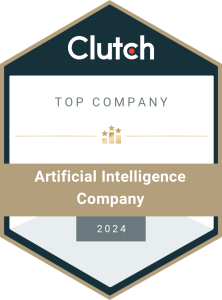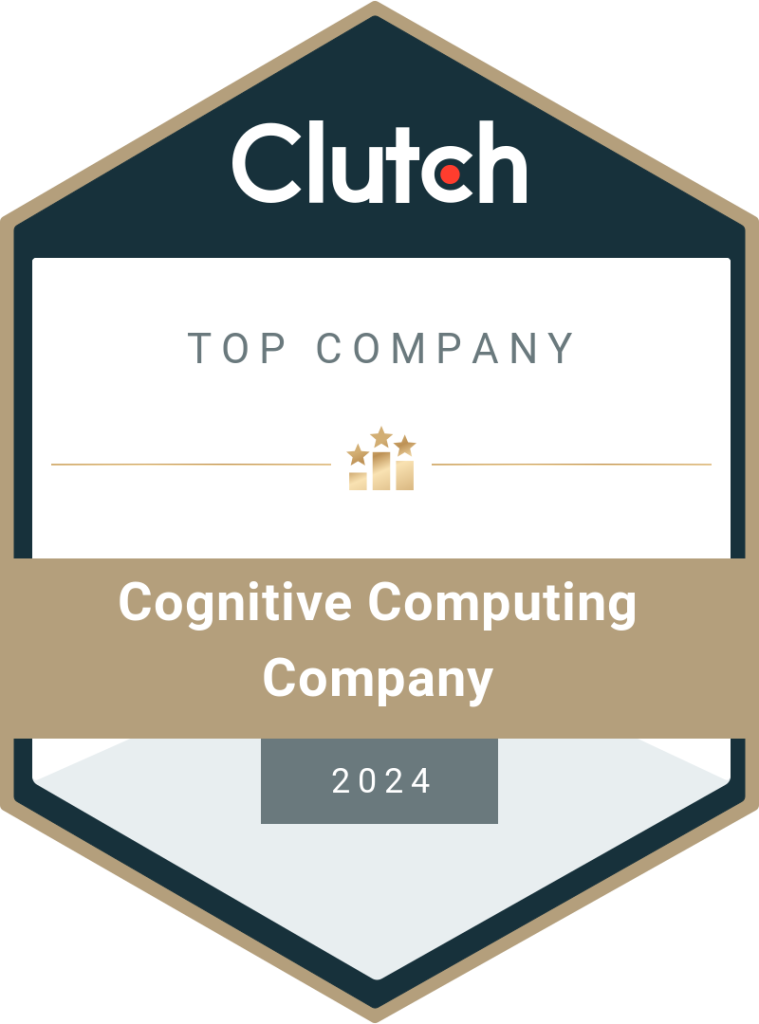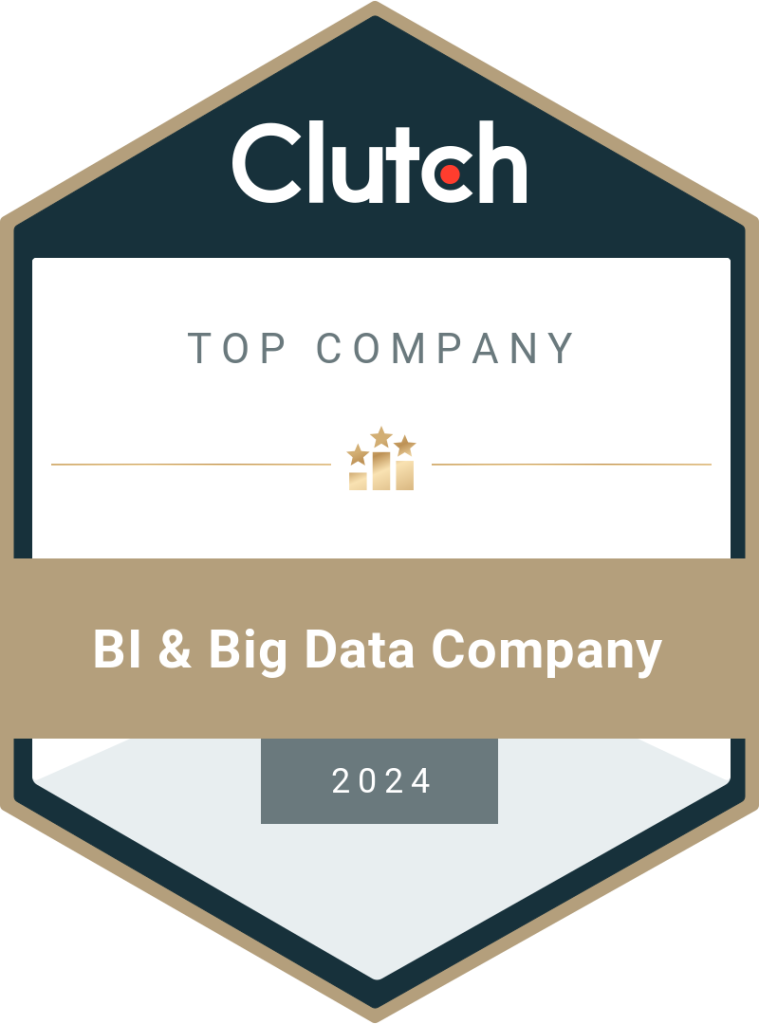Machine Learning for Trading – Can It Predict the Trend?
Machine learning allows machines to trace patterns and identify trends by analyzing huge datasets. Data scientists are working on building ML models to assist traders in day-to-day trades in the stock market. Let’s discuss the role of machine learning in the trading industry. Machine learning is a field of artificial intelligence that deals with how computers process large datasets and learn from them to make decisions and predictions. Machine learning is a vast concept and is classified into supervised and unsupervised-based learning. There are several algorithms designed to train machines on available data. A few of them are Simple & Multi Linear Regression, Logistic Regression, Decision Tree Classification, XgBoost, and many more. The algorithm is trained in different ways depending on the type of datasets fed into the system. Machine learning is almost everywhere in today’s world. From Netflix’s search engine to sales forecasting, supply chain management, manufacturing, healthcare, and more, machine learning is already a part of every industry in multiple verticals. The financial and trading industry also uses machine learning algorithms in different ways. FinTech is changing the way we look at banking and insurance. The crypto market has various AI-based apps that allow users to trade in cryptocurrency with the assistance of advanced algorithms. AI and ML have a role to play in the trading market too. There is no 100% automation yet; ML algorithms assist stockbrokers to offer better services to investors. AI and ML consulting companies offer consulting services to traders and trading establishments to build, customize, and fine-tune the algorithms and automate statistical work. Let’s explore the role of machine learning in trading and see how it can help stockbrokers, traders, and investors. How is Machine Learning Used In Trading? Patterns and trends are an integral part of the trading industry. Machine learning algorithms are good at processing large amounts of data to identify patterns that cannot be easily spotted by humans. The stock market is volatile and prone to be affected by several factors (social, political, economic, demographic, etc.). Being able to correctly predict the trends in advance will help traders minimize the risk of market crashes and increase returns. This makes machine learning a valuable resource in trading. ML algorithms can also be used for: Sentiment Analysis Analyzing the sentiment in the market might help traders determine whether the stock prices for a brand will increase or decrease. Data is collected from multiple sources like social media, websites, forums, news platforms, and so on. Natural Language Processing (NLP) is used to understand the context of the data to determine the market mood. Traders can use this knowledge to adjust their investments and decide if they should buy more stock, sell what they own, or wait for the patterns to establish more clearly. Pattern Detection A majority of the stock market predictions come from hours of manual processing combined with years of experience. Machine learning in stock trading reduces the need for hard labor by automating the analysis. However, human expertise is still vital to deriving insights. The trader should know where to look to identify the patterns. Whether it is designing an automated trading machine or using ML to detect patterns, human experience and intuition are very much necessary for the algorithm to deliver accurate results. ML cuts through the time-consuming tasks of collecting and processing information, but it’s ultimately people who use the insights to make decisions. Real-Time Data Forecasting The machine learning algorithms can be fed more data in real-time. The algorithms are trained to learn and fine-tune the predictions to increase accuracy. For example, aspects like the global weather conditions, political unrest, climate change and its impact on renewable energy, etc., are real-world issues that have a direct impact on the trading industry. The ML algorithms can predict the results of the world’s issues and thus provide a basis for what could happen in the stock market subsequently. Using a combination of algorithms and forecasts will provide better results as multiple factors influence each other. High-Frequency Trading Machine A high-frequency trading machine runs on artificial intelligence. It performs thousands of transactions per day by taking advantage of the subtle changes in the stock market. These changes are almost impossible for humans to track as they happen in a few seconds or minutes (at the most). However, a properly trained trading machine will be fast enough to see the change and use it. That said, similar to pattern detection, this too requires human expertise. The algorithm has to be developed to detect minute changes. Regular updates are necessary to tune the algorithm and minimize errors. The tuning can also be automated to avoid statistical work but still requires human supervision. Chatbots in Trading Another way to use Machine Learning in trading is by developing chatbots for communication. Chatbots in any industry have the same roles and responsibilities. Chatbots communicate with traders and provide the information they ask for (past deals, financial statements, investment records, etc.). The chatbots can also compile a list of trading offers, potential shares to buy, the latest prices, and much more. AI-powered chatbots are faster and more effective than human support teams. A single chatbot can handle multiple conversations at the same time and provide each trader with the required data without feeling tired, getting confused, or making mistakes. The algorithms are designed to take feedback and learn from the previous mistakes to provide better support to the traders. Is Machine Learning Suitable for Day Trading? Day trading is where a trader purchases and sells equities on the same day. Traders buy the stocks of a company in the morning and sell them by the end of the day, preferably to make a profit. Day trading requires a lot of experience and knowledge about the stock market. A minor mistake could lead to losses of thousands and millions. Machine Learning for trading is relatively a new concept, with ML engineers working on developing algorithms that can accurately offer predictions and insights. Different types of algorithms need to be used to develop
Read More





